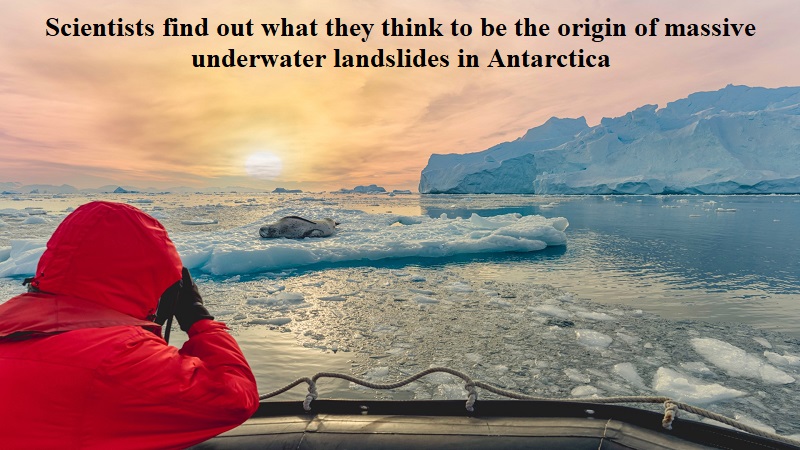
Scientists believe they have discovered the source of massive underwater landslides in Antarctica, which may have caused tsunamis that affected the southern hemisphere hundreds of thousands of years ago. The cause of these landslides is attributed to climate change, but not the current climate change we are experiencing. Researchers, led by Jenny Gales from the University of Plymouth, identified layers of delicate, fossilized sediments rich in environmental content hundreds of meters below the seafloor.
According to a recent study published in Nature Communications, these fragile layers made the area prone to collapse when seismic activity, such as earthquakes, occurred. The researchers found that these thin layers formed when Antarctica experienced temperatures up to 3 degrees Celsius higher than the present, higher sea levels, and significantly smaller ice sheets.
These similarities to the current changes happening on our planet, including rising sea levels, warmer oceans, and shrinking ice sheets, suggest that similar massive underwater landslides are likely to occur again if climate change continues unabated.
Jenny Gales emphasized the need to better understand the extent and characteristics of the weak layers beneath the submarine landslides in Antarctica. Furthermore, understanding how climate influences the triggering of these events is crucial to assess the future risks associated with these hazardous occurrences.
The risks posed by underwater landslides are significant, as they have the potential to generate tsunamis resulting in substantial casualties and damage to infrastructure, including subsea cables. The identified submarine landslides occurred approximately 400,000, 1.72 million, and 12.14 million years ago. Any tsunamis associated with these events would have occurred immediately following the landslides, as confirmed by evidence discovered during the Italian Odyssea expedition in 2017.
In 2018, scientists returned to the location as part of an expedition to collect sediment cores from deep below the seafloor. Analyzing these materials allowed them to reconstruct the past climate in the region and understand how it led to the formation of weak layers beneath the ocean floor.

Post Your Comments